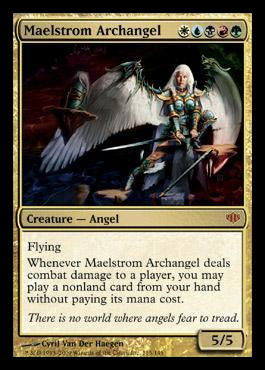
The rest of the novel describes the protagonists' adventures aboard the Nautilus, which was built in secrecy and now roams the seas beyond the reach of land-based governments. They wait on the deck of the vessel until morning, when they are captured, hauled inside, and introduced to the submarine's mysterious constructor and commander, Captain Nemo. They survive by climbing onto the "monster", which, they are startled to find, is a futuristic submarine. Aronnax and Land are hurled into the sea, and Conseil jumps into the water after them. After a five-month search ending off Japan, the frigate locates and attacks the monster, which damages the ship's rudder. The expedition leaves Brooklyn aboard the United States Navy frigate Abraham Lincoln, then travels south around Cape Horn into the Pacific Ocean. Canadian whaler and master harpooner Ned Land and Aronnax's faithful manservant Conseil are also among the participants. Professor Pierre Aronnax, a French marine biologist and the story's narrator, is in town at the time and receives a last-minute invitation to join the expedition he accepts. government assembles an expedition in New York City to find and destroy the monster. Illustration by Alphonse de Neuville and Édouard Riouĭuring the year 1866, ships of various nationalities sight a mysterious sea monster, which, it is later suggested, might be a gigantic narwhal. Captain Nemo – the designer and captain of the Nautilus.Ned Land – a Canadian harpooner, described as having "no equal in his dangerous trade.".

Conseil – Aronnax's Flemish servant, very devoted to him and knowledgeable in biological classification.Professor Pierre Aronnax – the narrator of the story, a French natural scientist.The title refers to the distance, not depth, traveled under the various seas: 20,000 metric leagues (80,000 km, over 40,000 nautical miles), nearly twice the circumference of the Earth. Its depiction of Captain Nemo's underwater ship, the Nautilus, is regarded as ahead of its time, since it accurately describes many features of today's submarines, which in the 1860s were comparatively primitive vessels.Ī model of the French submarine Plongeur (launched in 1863) figured at the 1867 Exposition Universelle, where Jules Verne examined it and was inspired by it when writing his novel. The book was widely acclaimed on its release and remains so it is regarded as one of the premier adventure novels and one of Verne's greatest works, along with Around the World in Eighty Days and Journey to the Center of the Earth. A deluxe octavo edition, published by Hetzel in November 1871, included 111 illustrations by Alphonse de Neuville and Édouard Riou. The novel was originally serialized from March 1869 through June 1870 in Pierre-Jules Hetzel's fortnightly periodical, the Magasin d'éducation et de récréation.

Twenty Thousand Leagues Under the Seas ( French: Vingt mille lieues sous les mers) is a classic science fiction adventure novel by French writer Jules Verne.


 0 kommentar(er)
0 kommentar(er)
